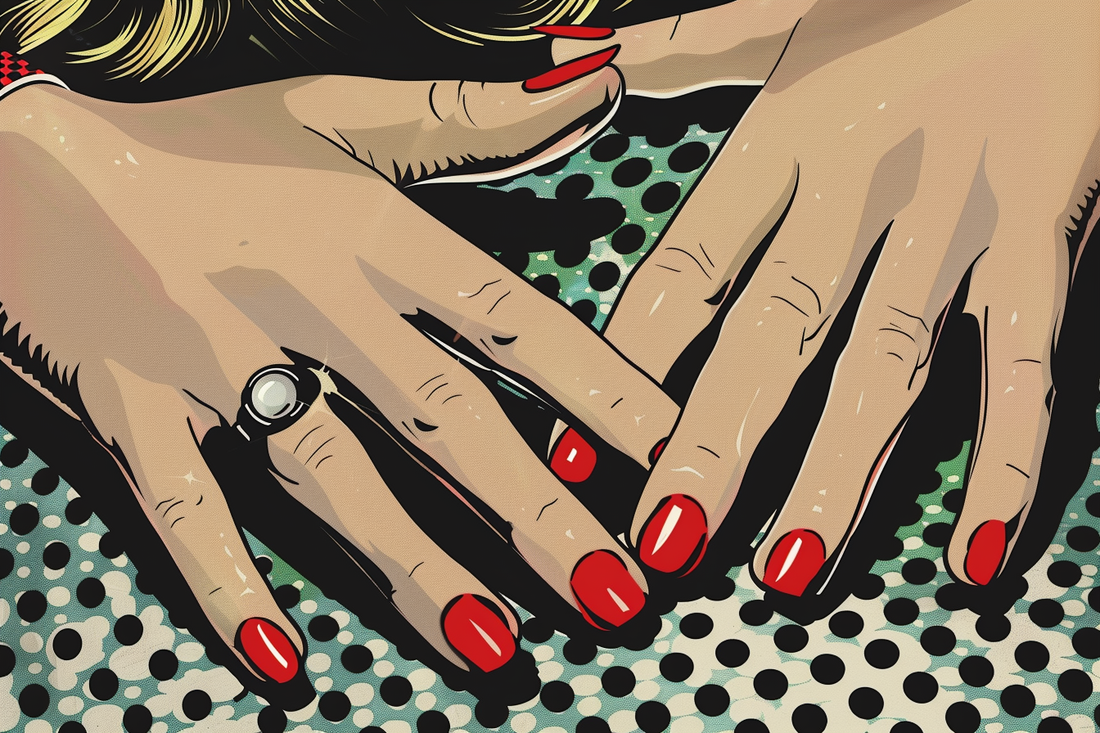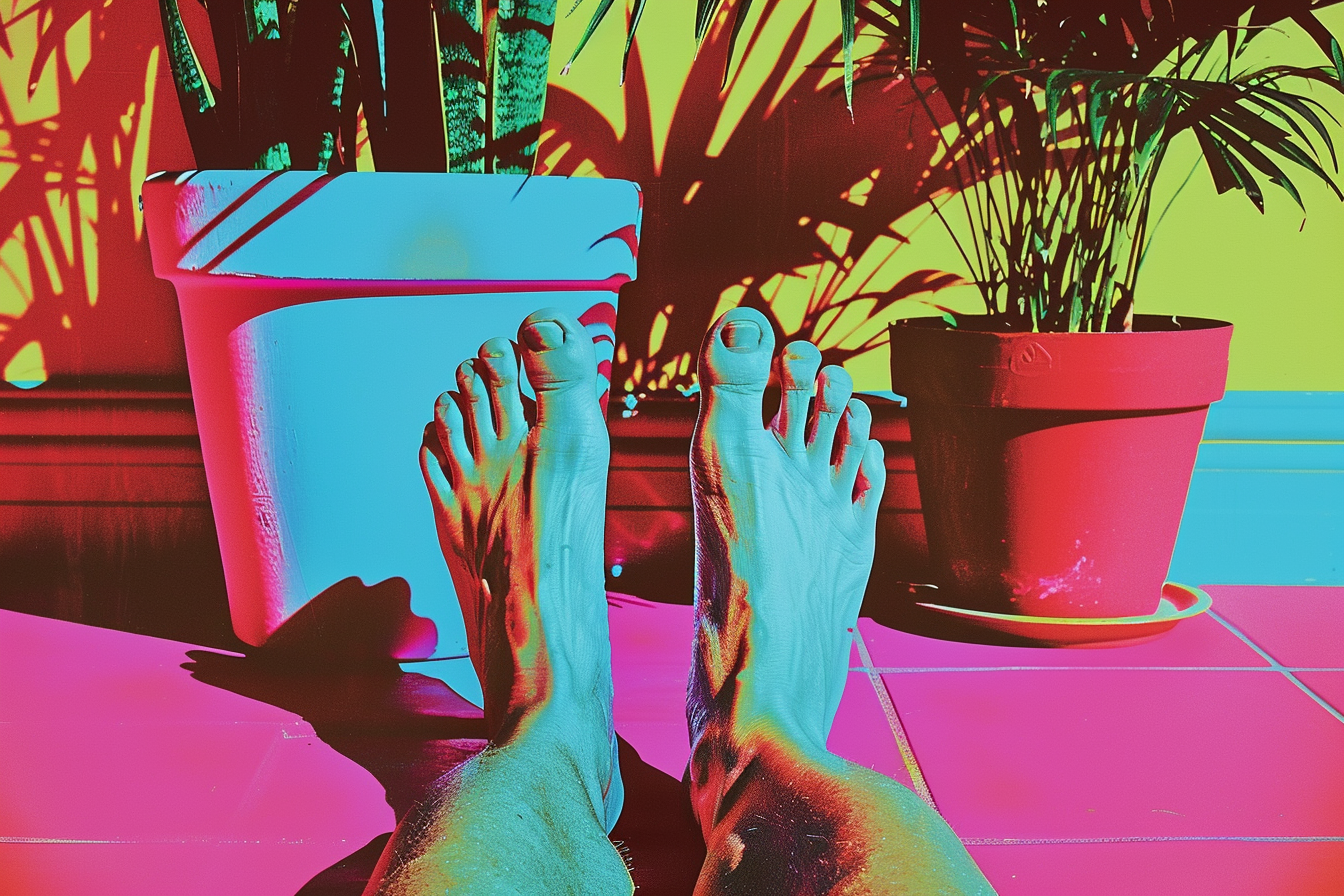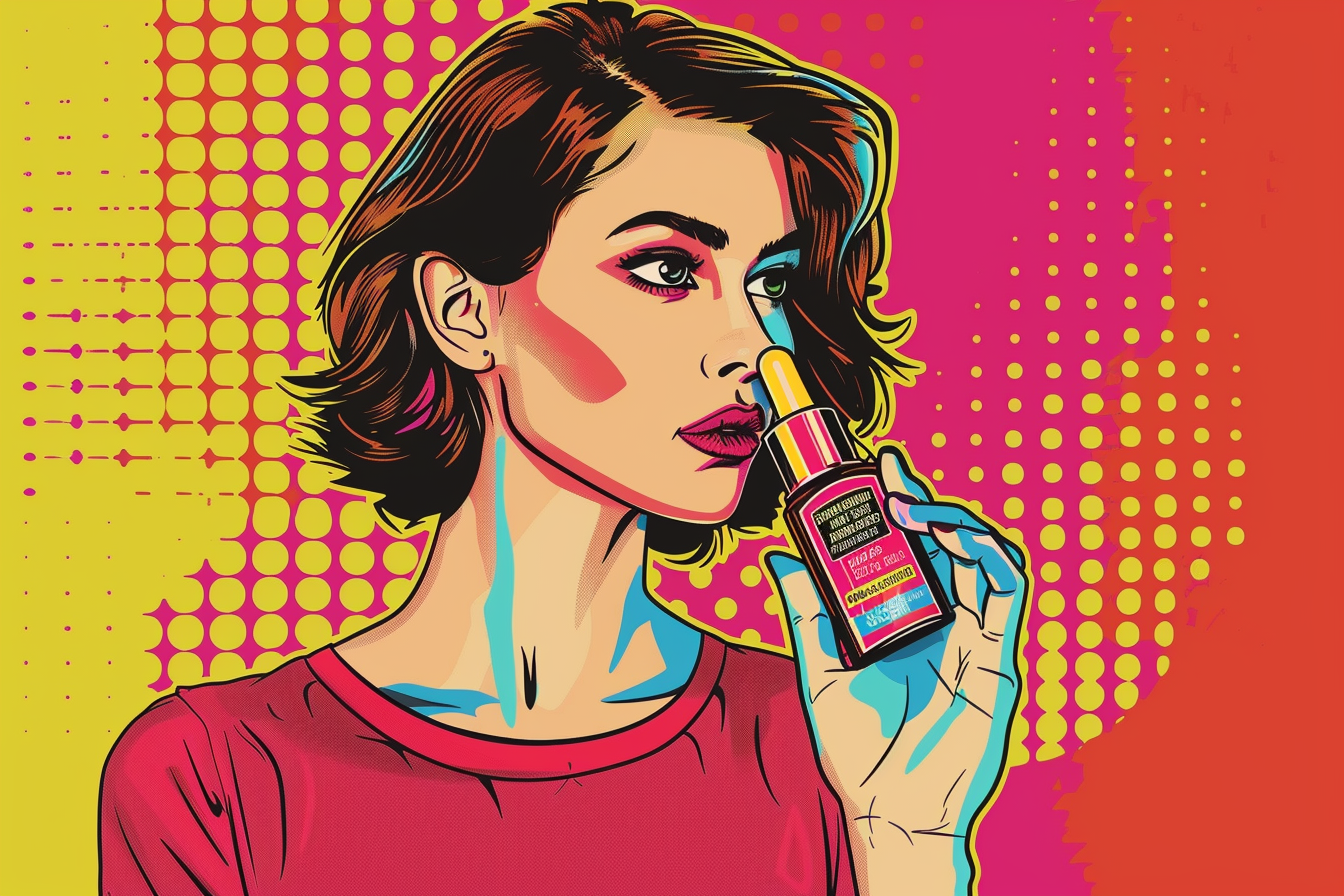
Understanding Cuticle Skin Peeling: Causes and Care
The skin around your nails is delicate and essential. When cuticles start peeling, it’s uncomfortable and often concerning. Addressing this issue starts with understanding why it happens.
This article explores common causes like environmental dryness, frequent handwashing, and nutritional factors. You'll also learn practical tips for prevention, care, and when to seek professional advice.
Healthy cuticles aren’t just about appearance—they're your nails’ first defense. Let’s look at how to keep them hydrated, strong, and protected.
Why Cuticle Skin Peeling Happens
Your cuticles are the thin layer of skin at the base and sides of your nails, acting as a protective barrier between your nails and surrounding skin. When this skin becomes dry, cracked, or irritated, it can start peeling, making your hands feel uncomfortable and increasing the risk of infection. This issue often starts with dehydration, whether from environmental conditions, frequent contact with water, or exposure to harsh chemicals.
Signs of Peeling Cuticles
Peeling cuticles usually feel tender and may look red, flaky, rough, or split. These symptoms often make simple tasks, like washing dishes or handling paper, irritating or painful. If left untreated, the area can become swollen and inflamed, especially when exposed to further damage.
Healthy Cuticle Basics
Healthy cuticles maintain a good moisture balance. They serve as your nails' first line of defense, so keeping them well-hydrated and intact is essential to prevent long-term damage or infections.
Environmental Causes of Peeling Cuticles
Everyday activities and seasonal changes can put undue stress on your cuticles. Around winter, cold weather and indoor heating can dry out the air and your skin. Similarly, frequent handwashing or swimming can strip your skin's natural oils, leading to cracking and peeling.
Handwashing and Sanitizers
Washing your hands too often, especially with hot water or drying soaps, can wash away the oils that keep your skin soft. Alcohol-based sanitizers add to this problem by quickly evaporating and leaving your skin dry. Using lukewarm water paired with moisturizing soaps and sanitizers formulated with glycerin or aloe can help preserve your skin's natural moisture.
Seasonal Dryness
Cold air outside and heated air indoors create a harsh moisture-sapping cycle. This abrupt shift in humidity can cause dehydration, especially in delicate areas like your cuticles. You can manage this by using a humidifier to balance the dryness in your home and applying a cuticle cream at least twice a day to lock in hydration.
Water-Heavy Tasks
Prolonged exposure to water, such as during dishwashing or swimming, weakens your cuticle barrier by making the skin swell and dry out repeatedly. Wearing rubber gloves for cleaning or taking breaks from water-based activities can prevent damage.
Chemical and Lifestyle Factors
Certain chemicals and habits can also disrupt your cuticle health. Everyday items like nail polish, acetone removers, and cleaning detergents can be harsher on your skin than you think.
Nail Products and Treatments
Nail polish removers and hardening treatments often contain drying agents, especially acetone. You can choose acetone-free alternatives and follow up with a cuticle oil to restore moisture and elasticity.
Cleaning Products
Strong soaps and detergents are highly alkaline, which can irritate and peel the tender skin around your nails. Using gloves while cleaning and switching to gentler, pH-balanced products can reduce irritation.
Impact of Nail-Biting
Nail-biting damages the cuticles directly and exposes your nail bed to bacteria, making healing difficult. Breaking this habit can improve your cuticle health significantly over time.
Medical and Nutritional Considerations
Sometimes, recurring cuticle peeling signals deeper issues such as a nutritional deficiency or an underlying skin condition.
Skin Conditions
Conditions like psoriasis and eczema can lead to peeling and inflammation around your nails. Treating these requires medical advice and often includes targeted creams or oral treatments for overall skin health.
Vitamin and Mineral Deficiencies
Deficiencies in vitamins A, B, and E, or low levels of iron and zinc, can leave your skin dry and brittle. Adding foods like leafy greens, eggs, nuts, and lean meats to your diet can help support your skin’s natural repair process.
Systemic Issues
If your peeling cuticles persist or worsen, it could be a sign of hormonal imbalances or autoimmune conditions. It’s important to monitor your symptoms and consult a healthcare provider if you find them non-responsive to basic care.
Practical Prevention and Care
By making simple but effective changes to your routine, you can keep your cuticles hydrated and healthy all year round.
Daily Moisturizing Habits
Apply cuticle cream or oils several times a day, especially after washing your hands. Look for formulas with natural oils like jojoba or almond and humectants such as hyaluronic acid for long-lasting hydration. A thicker cream or balm works best for sealing in moisture overnight.
Protective Measures
Use gloves for chores that involve cleaning agents or extensive water use. Avoid pulling or cutting flaky skin, as this may lead to more irritation or infection.
Dietary Support
Hydrate your skin from within by focusing on a balanced diet rich in vitamins and staying well-hydrated throughout the day. Omega-3 fatty acids, commonly found in fish or supplements, can improve skin elasticity over time.
When to Get Professional Help
If you notice signs of infection like swelling, pus, or severe pain, or if peeling persists beyond a couple of weeks, seeking medical attention is critical. A dermatologist can recommend prescription creams or more advanced treatments tailored to your specific needs.
Steps for Healthier Cuticles
Maintaining healthy cuticles is essential to prevent peeling, discomfort, and potential infections around your fingernails.
Understand the Key Causes
Dry weather, frequent water exposure, and harsh chemicals often lead to cuticle dryness, cracking, and peeling.
Prioritize Consistent Hydration
Regularly apply cuticle creams or oils with natural ingredients to keep the skin around your nails moisturized all day.
Incorporate Preventive Measures
Protect your hands with gloves during cleaning or prolonged water use and use pH-balanced skincare products.
Strengthen Your Skincare Routine
- Use a humidifier in dry environments to maintain skin hydration levels.
- Apply gel-based hand creams before bed for overnight repair.
- Opt for acetone-free nail treatments to prevent cuticle irritation.
Seek Medical Attention When Necessary
If you experience swelling, pain, or persistent peeling, consult a dermatologist for tailored treatment options.
Final Tips
- Avoid nail-biting to protect the delicate skin around your nails.
- Stay hydrated and maintain a diet rich in skin-supporting vitamins like A, B, and E.
- Monitor your cuticle health, especially during seasonal changes like winter dryness.
Citations:
https://www.hindustantimes.com/health/is-the-skin-around-your-nails-peeling-know-the-causes-treatment-and-more/story-x3dZUi6FRKxSSWzLj0jsEI.html https://www.opi.com/en-GB/blog/nail-care/how-to-treat-dry-cuticles https://www.clinikally.com/blogs/news/a-comprehensive-guide-to-healing-swollen-and-peeling-cuticles https://www.healthline.com/health/overgrown-cuticles https://www.cdc.gov/healthywater/hygiene/hand/handwashing-fact-sheets.html https://www.mayoclinic.org/healthy-lifestyle/adult-health/expert-answers/cuticle-care/faq-20455964 https://www.aad.org/public/diseases/a-z/nail-care https://www.ncbi.nlm.nih.gov/pmc/articles/PMC6730978/ https://www.ncbi.nlm.nih.gov/pmc/articles/PMC5908267/ https://www.ncbi.nlm.nih.gov/pmc/articles/PMC6730979/©copyright 2024, Valentia Skincare, All rights reserved.










